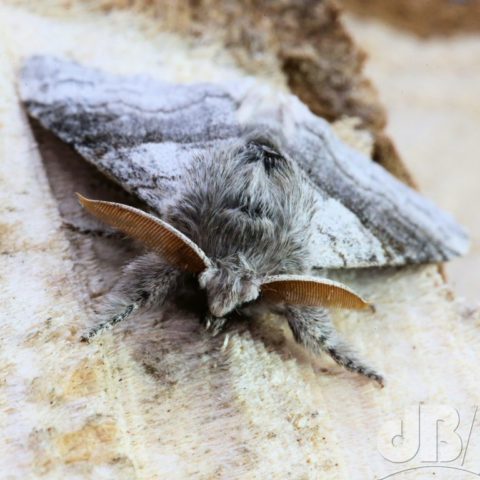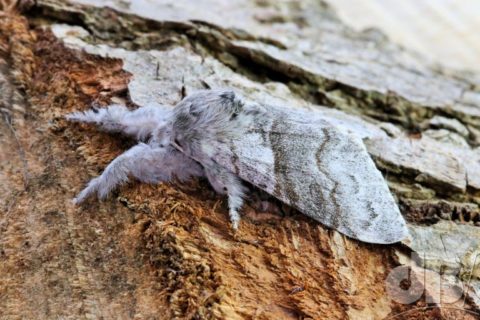Long before I adopted mothing as one of the slightly weirder of my various hobbies (one that combines biology and photography with a bit of citizen science though), I still occasionally snapped lepidoptera if they turned up somewhere I had my camera. Back in May 2004, I caught sight of a huge, hairy moth in our conservatory. Got a snap and then spent ages trying to find out what species it was. Turned out to be Pale Tussock (Calliteara pudibunda).

The second time I saw one was 15 years later, on the corner of the actinic trap in the middle of May. As you can probably guess, it being the same month was no coincidence, the adults of this species fly May-June.

They’re a fairly common species in England and Wales, sexually dimorphic (the females are bigger and not so distinctively marked, but both have the forward facing hairy legs). According to the UK Moths site, the larvae feed on a range of deciduous shrubs and trees as well hops.
As ever you can keep up with the latest additions to my list either on my Moth Records spreadsheet or in the Mothematics Gallery on Imaging Storm.